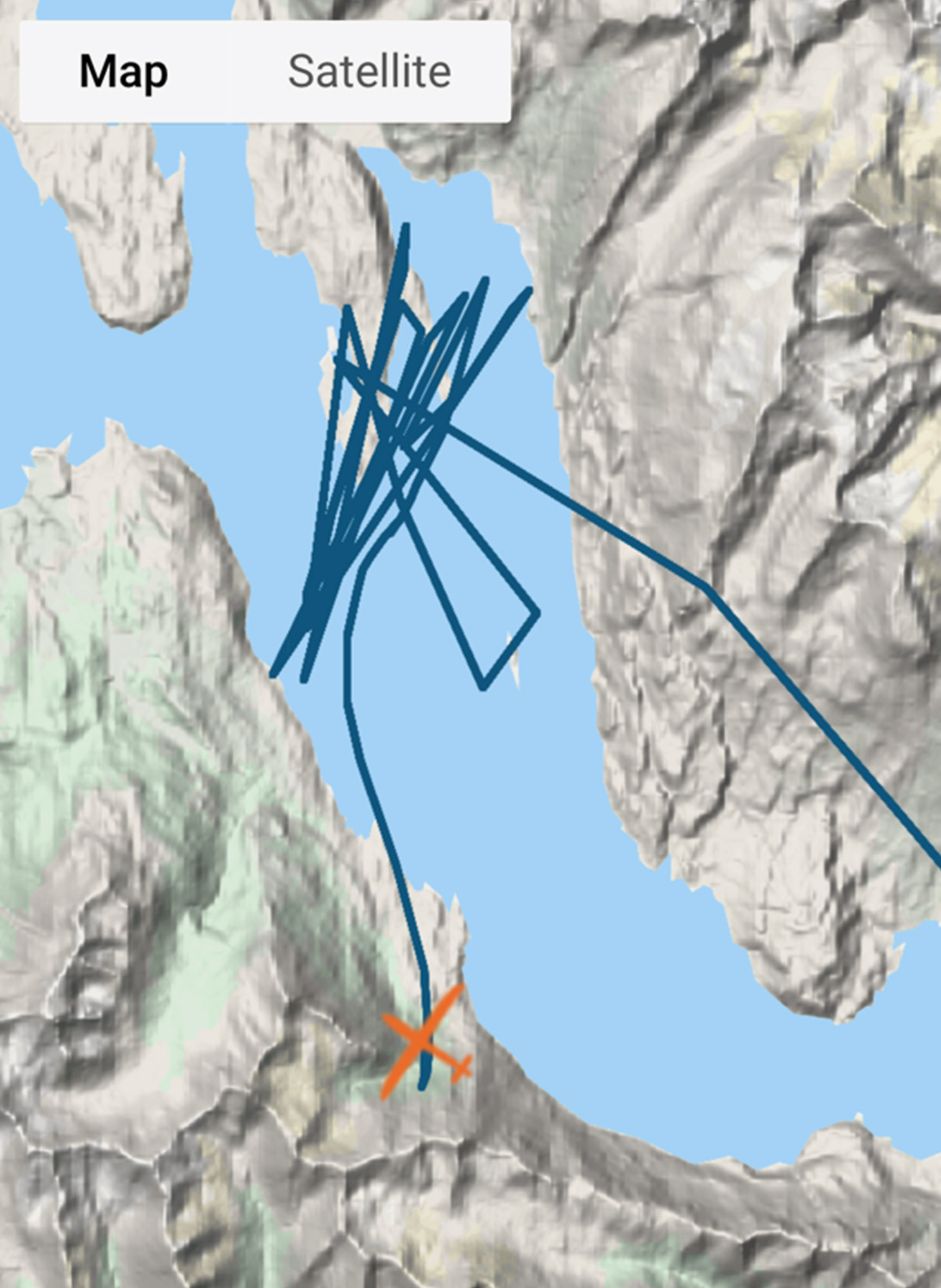Perlan 2 glider soars to new height
Perlan 2 glider pilots Jim Payne and Tim Gardner rode an Andes mountain wave to an unofficial glider record of 76,124 feet pressure altitude Sept. 2 near El Calafate, Argentina, edging out the high-flying U–2 jet spy plane’s 73,737 feet and moving closer to the SR–71 Blackbird’s 85,069 feet. The Airbus Perlan Mission II team’s Phase 2 goal is 90,000 feet.
The engineless aircraft caught nearly endless upward waves along the South American coastline while thousands of enthusiasts followed the pilots through an online virtual cockpit that displayed speed, altitude, flight time, oxygen, and battery life in real time.
They deployed a “stairstep” technique to climb incrementally higher into the cobalt sky and drifted well above clouds.
The air density at the edge of space is less than two percent of what it is at sea level, so the two pilots needed a rebreather system—a technology that was originally pioneered by deep-water cave divers. The cabin was pressurized to an altitude of 14,500 feet, but “because the cabin is sealed, we’re not leaking air in, the only leaks we’ll have are outward,” Payne explained during a 2017 AOPA Hangar Talk podcast. Special flight suits kept their blood from boiling while they collected data on flight performance, weather, and the atmosphere.

One of the team’s goals was to apply aerospace technology based on science, technology, engineering, and math concepts for atmospheric research.
In the days leading up to the historic flight, the Perlan glider team also set back-to-back soaring records of 63,100 feet and 65,600 feet—coming nearly one year to the day after posting a GPS level flight altitude of 52,172 feet on Sept. 3, 2017.
The flying season for the all-volunteer Perlan Project team will continue for a few more weeks until stratospheric mountain waves in the Southern Hemisphere begin to die down. The number of flights remaining will be determined by the Southern Hemisphere’s winter weather patterns, according to a Sept. 4 news release.
Airbus CEO Tom Enders acknowledged the record and added that the real reward was “advancing our knowledge and expertise” by exploring the atmosphere and its constantly changing conditions. He added that investigating natural sources of lift, avoiding turbulence, and learning about efficient high-altitude flight could eventually lead to the possibility of “wing-borne exploration” of Mars.
The commercial aircraft company known to the traveling public for its airliners is also researching high-altitude unmanned aerial vehicles such as the solar-electric Zephyr, billed as a cross between a drone and a satellite, and developed a Mars surface rover robotic vehicle known as ExoMars.
Enders noted that “every Perlan flight is an investment in our future.”




